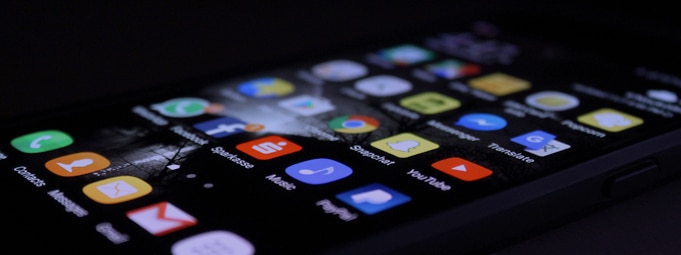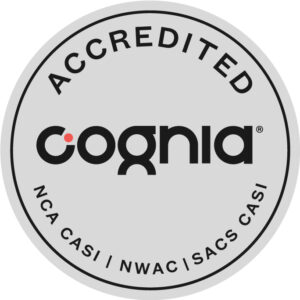
At Renton Prep, we harness emerging technology that improves teaching, learning, and critical thinking. Social media is a piece of technology that improves the digital classroom experience for students.
The benefits of social media in the classroom are endless. Most importantly, it improves student communication, digital literacy, and creates new methods for collaboration. Additionally, students respond better to interacting digitally.
Below are four ways that social media improves the digital classroom experience.
Whether it’s a snow day, an illness, summer, or a global pandemic, keeping a student’s education moving forward even when they can’t be in class is a challenge. Having a central place where students can communicate with classmates and teachers keeps students in the loop in an accessible way.
Though we always love students in the classroom, students should be equipped for continuous learning even when they are remote. Adding social media can maintain human connection and relationships between teachers and students. Lastly, sharing student success stories via social media can give students motivation to achieve great things.
With Microsoft Teams already integrated into our classrooms before moving to remote learning, we were set up to move learning content into a digital environment where students already interacted. We use teams as an online classroom where teachers and students can communicate in real-time. In order to stay connected to students, our teachers in all grades have relied on Teams as a place to involve students’ voices and comprehension in remote learning.
We also use Flipgrid, where students are assigned video projects and can see what their peers have created. The grids collect student videos responding to the teacher’s prompt in one place. This is an interactive space where students can engage with the topics taught in class with short videos.
There are several social media platforms to keep students engaged, and educators don’t have to limit themselves to any platform.
While the social mediums below are primarily text-based, YouTube and TikTok are now two of the four largest social platforms used by teenage students. Using these two for students to develop and share creative visual projects is another way social media can be used in the classroom.
Although Facebook is not the app of choice for many students, Groups are a great way to keep students engaged outside of the classroom. Groups are an all-inclusive tool for communication and a great way to collaborate and share from anywhere. Posts, comments, likes, photos, sharing files, making new friends — it’s all possible with Facebook Groups.
Using a class hashtag allows teachers to assign unique assignments that keep students thinking about class concepts in the real world. With a hashtag, students can post photos and tweets to their followers. Then, the tweets are all accessible in one place.
On a Twitter account, educators can tweet out important notes about class, or information related to course material. Because of the 280-character limit, student responses are capped. They must think critically to develop short discussion responses
Oftentimes, learning management systems feature discussion boards for students to post and see each other’s responses. These digital responses allow for students to engage with others in the class about course material.
As an example: after reading a chapter, students can collaborate on these discussion boards to work through questions. Rather than filling out a worksheet that is only submitted to teachers, students can work together. This way, students can take ownership and pride in their work that’s going to be viewed by their peers.
While communication and human connection is central to the student experience at Renton Prep, studies show that a majority of teenagers find it easier and more comfortable to engage online. Opening new channels of collaboration online helps students connect with classmates and have meaningful interactions.
In fact, collaboration via social media can be as valuable as teamwork in the classroom. Even online, students can develop leadership, build trust, and improve communication skills. All of which are necessary in an increasingly digital world.
Digital literacy is not just how an individual processes digital information. In 2015, 53% of elementary students owned cell phones; a majority of students now have plenty of experience using the devices in front of them. However, ensuring students are comfortable with learning digitally is still crucial, especially at Renton Prep.
At the same time, digital literacy is increasingly about finding the information you can trust. Using social media in the classroom and collecting information laterally across the internet will equip students with the tools to qualify factual information.
Right now, it’s easier than ever to share ideas and collaborate from a distance. In an increasingly digital world, we emphasize the learning students do away from the classroom for a well-rounded learning experience.
Students continue to rely more on technology, so their education should too. Educators at Renton Prep organize activities that promote a productive and collaborative digital learning environment, in the class and even from a distance. Contact us today to learn more about our academic approach and how our students are using digital tools in their learning.

